Y90s Print and Performance Biographies
Ellen Terry
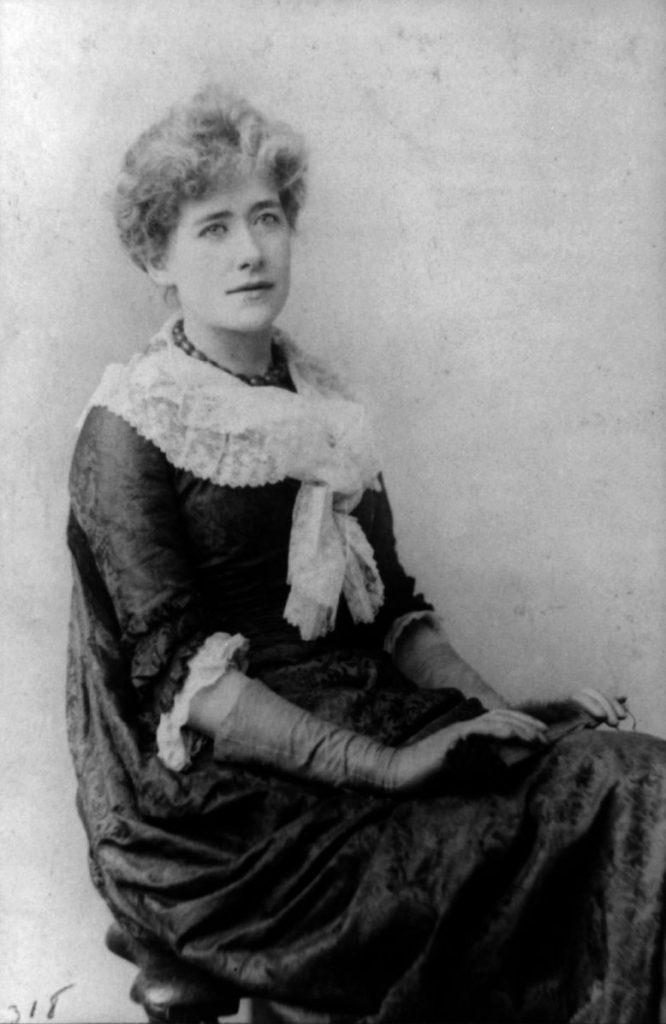
Ellen Terry was born Alice Ellen Terry on February 27th, 1847 in Coventry. Her parents, Benjamin and Sarah Terry, were both English actors. She was one of eleven children born into the family, but two died in their infancy. Terry never attended school and began her career as an actor in 1856 at the Princess theatre in London. Her sister Kate, who was a quote popular local actress, also worked at this theatre and Terry stayed there until 1859. After this time she, along with Kate and their parents began traveling the country as actors until their return to London in 1861. In 1862 she moved to Bristol, she began at J. H. Chute’s stock company where she was cast for a burlesque role. Terry explained that she could not sing or dance but eventually grew to love burlesque just as much as she loved Shakespeare. During her time in Bristol Terry met artist George Frederick Watts when she posed for his painting “The Sisters” with Kate. They married in 1864 with a nearly thirty year age difference.
She had returned to London in 1863, to pursue more roles and around this time she was photographed by Lewis Carroll, who would publish Alice in Wonderland two years later. The marriage did not last very long, and eventually she was made to return to her parents. At the age of 21 she became associated with Edward William Godwin and this relationship estranged her from her family, especially her mother, who refused to see her again until she married again. Terry produced two children with Godwin, Edith and Edward. Both children adopted the last name Craig after their birth. Godwin had spent too much money producing their home and when bailiffs came to their home, he abandoned the family. From this moment on, Terry began supporting her family as a single mother by returning to the stage.
Soon after she was granted a divorce from her husband, George Frederick Watts, in 1877, she married Charles Kelly, who left her two years later for another woman. She became a lead at the Lyceum theatre, opposite of Sir Henry Irving. This marked the start of the golden age of her career, where she quickly became one the most prominent actresses of the nineteenth century. Michael Holroyd claims that simply performing with or casting Terry in a production would enhance one’s credibility (Bloodworth 50). The last production she performed with Irving was in July 1903, playing her one of her most famous roles as Portia in Merchant of Venice. Irving died two years later and Ellen was so devastated by the death of her close friend that she considered ending her career as an actor. She did return to the stage, however, in 1906 at the Court Theatre. At this point her career as an actor had spanned fifty years since her first performance at the Princess theatre.
During a tour of America, Terry married American actor James Carew on March 22nd, 1907. She was almost thirty years older than Carew, who was younger than both of Terry’s children. Edith did not approve of the marriage between Terry and Carew and went so far as to build a hedge between their homes to avoid seeing him. The marriage ended two years later but appeared together on stage after they have seperated.
She began international tours on her lectures on Shakespeare in 1910, a important piece of literature to the suffragist movement that was published posthumously. Once, she gave her first lecture, she became a front page features in many daily London publications.
In 1922 Terry received an honorary degree from the University of St. Andrews and in 1925 she was made a Dame, Grand Cross, of the Order of the British Empire. Ellen suffered a stroke on July 17th, 1928 and died on July 21st, 1928. A ceremony was held three days later at Smallhythe church. Terry remains one of the most loved and most prominent Shakespearean actresses to emerge from England. Her career spanned sixty-four years and during that time she became the centre of Victorian culture and key political moments of the nineteenth century like the suffragist movement. As Katherine E. Kelley Claims in her essay on the after-voice of Terry, her history and voice served to “create a bridge to the future for herself and her daughter’s generation of women”.
Edith Craig
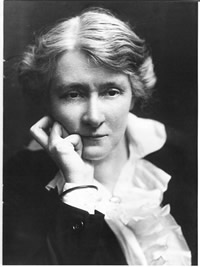
Edith Craig was born on December 9th, 1869 to parents Ellen Terry and Edward William Godwin. Her birth name was Edith Godwin, but legally changed it in 1883 to Edith Ailsa Craig. She was baptized Edith Ailsa Geraldine Craig in 1887 but known by her close circle of friends as “Edy”. Terry thought that Ailsa Craig was a good stage name after visiting an island off the Ayrshire coast that had that same name and decided that Edith should utilize it as a stage name. After her birth she lived for five years in a house at Harpenden that Godwin had designed for their little family. Craig was educated at a school in Earl’s court, that was ran by a lady named Mrs. Cole. Later on in life she attended Dixton Manor, ran by Mrs. Cole’s sister, Mrs. Mallson, who awakened Edith to the Suffragist movement from an early age. After that she attended the Royal Academy of Music and then went onto Berlin to train as a pianist. Craig made her first stage appearance in 1878 but did not become a regular member of Henry Irving’s Lyceum until 1890. In the ten years following she played many small roles in Irving’s productions and also served as an actress for Mrs. Brown-Potter’s Independent Theatre troupe. It was also during this time that Craig began to increasingly take over managing her mother’s career. She would escort her to parties, dinners, and theatres, write letters on her mother’s behalf, and was in charge of managing Terry’s extensive fan base. In 1899 Terry purchased a farm that had three houses on the property, and invited Terry to move into one with partner’s Clare ‘Tony’ Atwood and Christopher St. John. All three were huge supporters of the Suffragist movement and their home seemed to serve as a sanctuary for other activists including Virginia Woolf, Radclyffe Hall, and Vita Sackville-West. In 1911 Edith founded the Pioneer Players theatre society, which was heavily supported financially and emotionally by her mother. The Pioneer players produced roughly 150 innovative plays until 1920. In an annual report, Edy claimed, “our survival is determined by the number of people who believe that art is necessary to life at its fullest, that there is an art of the theatre, and that the worth experiments in it which have taken root should be jealously protected, since they are rare and slow growing plants not easily cultivated in this country” (Gandolfi 108). This Statement demonstrates her own rejection of mainstream Victorian culture and a resistance to what she described as a “khaki-clad and Khaki-minded world” (Gandolfi 108). Throughout her life Craig served as an actress, playwright, director, costume designer, manager, set-designer, and fearless suffragist. Craig died on March 27th, 1947.
Edward Gordon Craig
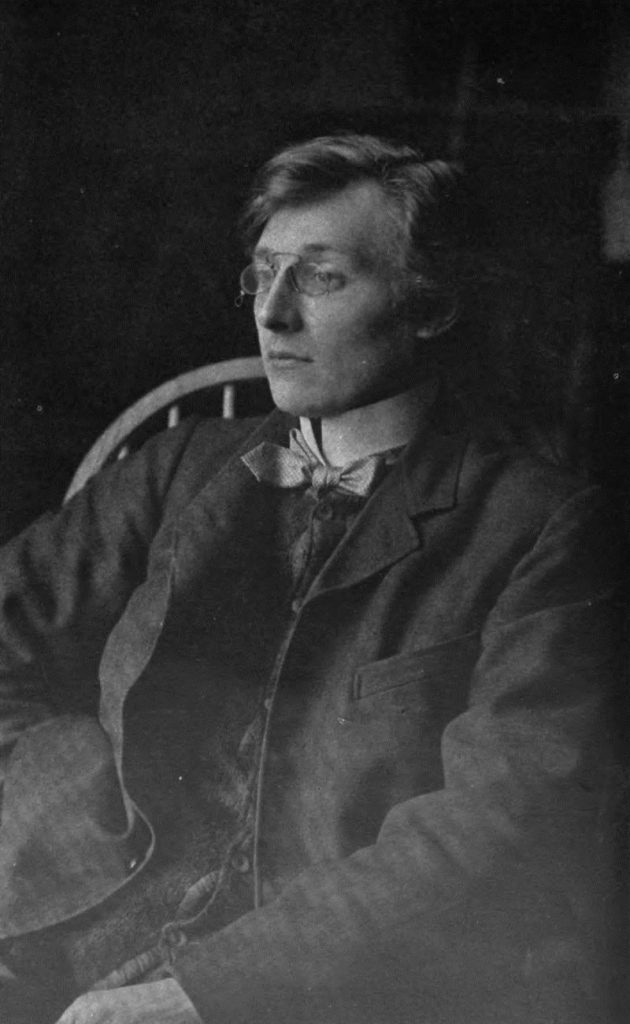
Edward Henry Gordon Craig was born on January 16th, 1872 in Stevenage, Hertfordshire. He was the second child of Ellen Terry and Edward William Godwin and just like his sister, he was given the name Craig as a surname after birth. Craig procured several surrogate fathers, including Henry Irving, Stephen Coleridge, Charles Kelley, and Bram Stoker after his father abandoned the family when Edward was only three years old. Edward began his career in 1889 at Sir Henry Irving’s Lyceum Theatre and several other touring theatre companies as both a comedian and an actor. In 1897 Edward left acting in order to pursue set and costume design for productions, as well as some writing. In 1901 Craig worked as a portrait and graphic artist, utilizing woodcut as his primary medium. He also worked as an editor for The Journal. Edward established a School for the Art of the Theatre in 1903, but the activities of this school were put to rest during World War One. In 1904, Edward exiled himself to Germany. It was during this time that he wrote his best-known essay, The Art of the Theatre. From Germany, he moved onto Italy where he began working with Eleonora Duse, a popular actress from this time period. In his tour of Europe, Terry attempted to parent at a distance, her persistent letters to him demonstrate an attempt to guide him throughout his travels. Eventually, Edward began writing books, particularly that of theatrical history, and wrote Henry Irving (1930) and Ellen Terry and Her Secret Self (1931). The text he wrote on his mother painted her in a negative light. He was critical of her career and felt that she should have been more focused on her children. This text was met with backlash by his sister, Edith, who defended their mother. Edward was typically published by his middle name, Gordon, as demonstrated by his contributions to The Green Sheaf.
Yellow Nineties Contributors
Max Beerbohm
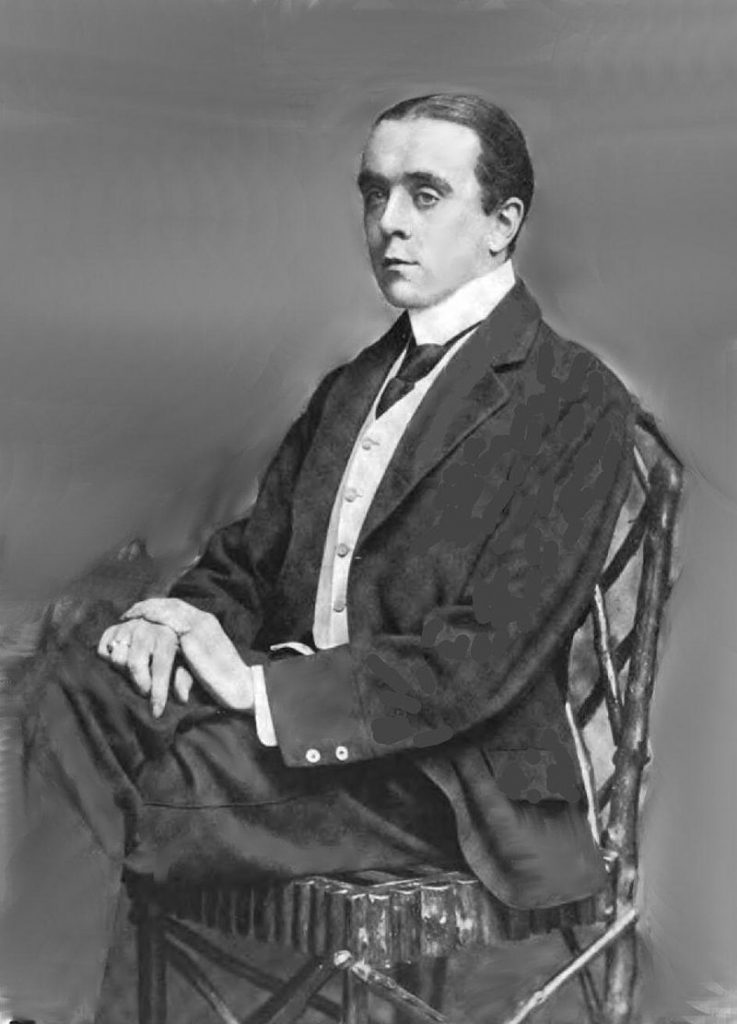
Max Beerbohm was born on the 24th of August, 1872, to grain merchant Julius Edward Beerbohm and Elizabeth Draper, the sister of Julius’ first wife (Mahoney 1). In the early 1890s, Beerbohm attended Oxford and it was during this time that Aubrey Beardsley first invited Beerbohm to contribute to The Yellow Book (Mahoney 2). Beerbohm began publishing essays for The Yellow Book while still an undergraduate at Merton College at Oxford, but eventually became famous for his Caricatures (Encyclopedia Britannica). Much of Beerbohm’s family was involved in the theatre, as was he. In 1895 he toured the United States as a Press Agent for his older half-brother, famous actor manager, producer, and director Sir Herbert Beerbohm Tree’ theatre company. He also took over as a drama critic from colleague Shaw as a drama critic for The Saturday Review (Encyclopedia Britannica). His older half brother also introduced him to Oscar Wilde, who drafted him into his circle of friends where he met life-long friend William Rothenstein (Mahoney 2). In 1942 he received an honorary degree of Doctor of Literature from Oxford University. He died at the age of 83 on May 20th, 1956 (Gale Research Company).
Pamela Colman Smith
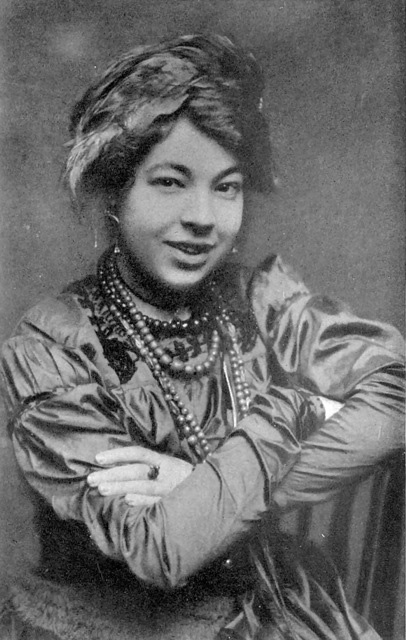
Pamela Colman Smith, whose birth name was Corrine Pamela Colman Smith, was born in London, England, in 1878. Her parents were John Edward Smith and Coriine Colman, both Americans. In 1889, Smith moved to Kingston, Jamaica with her family to accommodate her father’s work. It was here that she was exposed to and began to develop a love for West Indian folk tales. at the age of 16, Smith was accepted to the Pratt Institute of Art and Design in New York. Smith did not finish her degree at the Pratt institute, but in the same year that she left (1897) she had her first art show. She moved back to London in 1899 and her father died soon after her return. Into the 1890s, Smith began spending more time with Ellen Terry, who is said to have bestowed upon her the nickname “Pixie”. During this time Smith also became increasingly involved with the Lyceum theatre community, with Terry and Craig. For the company Smith worked as an illustrator, as well as a costume and set designer, often accompanying the troupe to performances outside London. Leading up to the 1900s, Smith became more involved with the Irish Theatre community and became associated with William Butler Yeats and Lady Augusta Gregory. Smith joined The Hermetic Order of the Golden Dawn in 1901, which reflected the type of aesthetics that she had already mastered. In 1901 Smith also began hosting members of the artistic, theatrical, and literary community at her London flat. In 1902 she began editing A Broad Sheet with Jack B. Yeats and in 1903, she founded her own periodical called The Green Sheaf. In this magazine she advertised a number of her own entrepreneurial endeavors including greeting card design, in-home story telling, and illustration school that she hosted in her shop. After The Green Sheaf published its final issue, Smith went on to found the The Green Sheaf Press.
Pearl Craigie
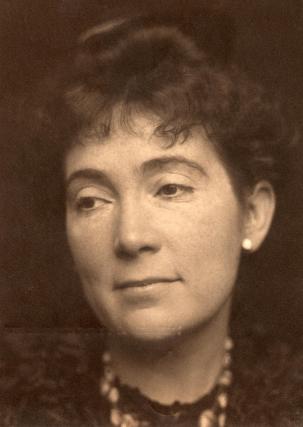
Although Craigie was raised in England, she was born as Pearl Richards on November 3rd, 1867 in Boston Massachusettes. In 1887 she married Reginald Walpole Craigie who she divorced quickly after the birth of their only son. Her first literary work was published in 1891 using her pseudonym, John Oliver Hobbes. She died very young at the age of 39 at the height of her career. She loved the theatre and wrote both novels and plays (“Pearl Mary Teresa Craigie Papers”). Craigie contributed to The Yellow Book.
Walter Crane
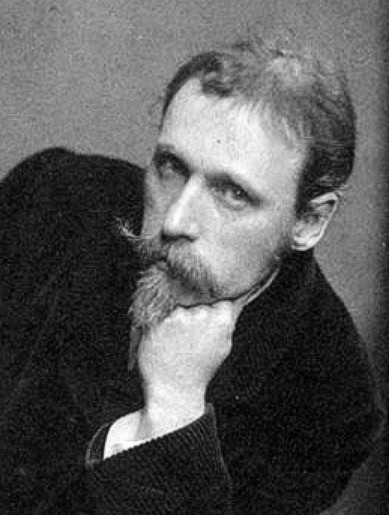
.
Walter Crane, an illustrator, painter, and designer, followed in the artistic footsteps of his father, Thomas Crane, who was a portrait painter and miniaturist (Encyclopedia Britannica). Crane was born in Liverpool in 1845 and relocated in London in 1857. Following the move, Crane served as an apprentice for three years to wood engraver W.J. Linton in London (O’Neill 1). He was associated with the Pre-Raphaelite movement from very early on in his artistic career (Oxford Art Online). Crane was also a founding member of the Art Worker’s Guild, created in 1884, and the Arts and Crafts Exhibition Society, founded in 1888. He severed as Director of Design at Manchester School of Art from 1892 until 1895 and as President of the Royal College of Art from 1899- 1900) (O’Neill 3). Crane went on to contribute to both The Yellowbook and The Pagent. He possessed a personal relationship with Ellen Terry and her daughter Edith Craig, and was a member of the Masquers committee.
Mabel Dearmer
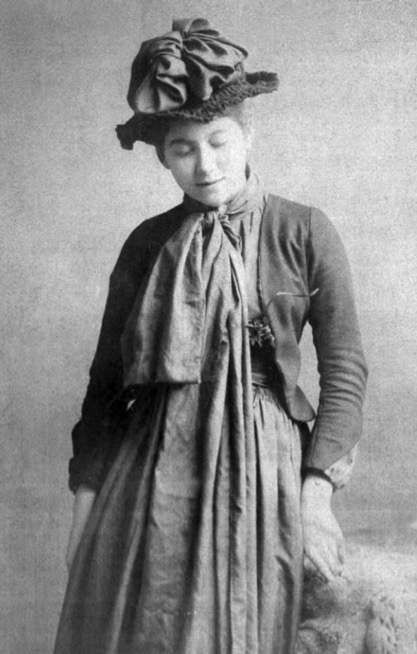
Mabel Dearmer was a British poet, illustrator and Draughtsperson. She was born in London on March 22nd, 1872 (Oxford University Press). Dearmer contributed illustrations for both The Yellow Book and The Savoy, creating the cover for the ninth volume of The Yellow Book.
Alix Egerton
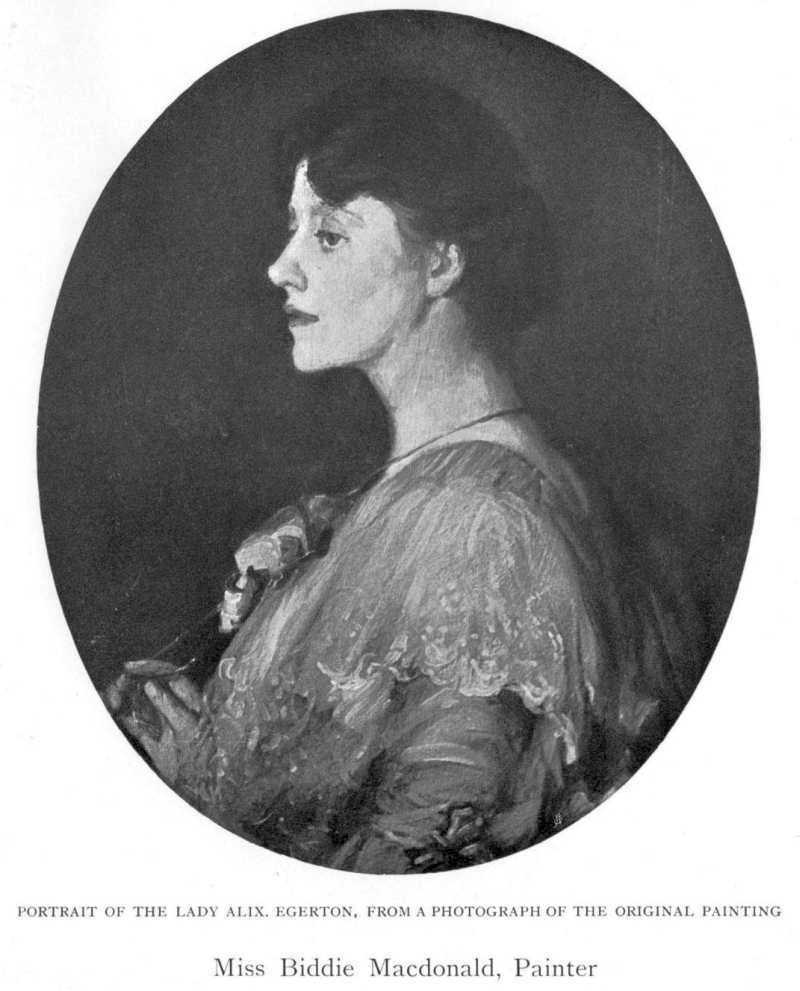
Lady Alix Egerton contributed to The Green Sheaf.
Augusta Gregory
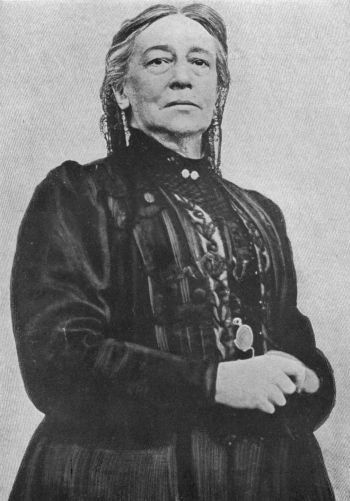
Lady Gregory, an Irish writer and playwright played a large role in the Irish Literary Renaissance through her translation of Irish legends and her peasant comedies. Lady Gregory’s literary career began later in life after the death of her husband, contributing to the Irish Literary theatre (1892) and directing for the Abbey theatre (1904) (Encyclopedia Britannica, Augusta, Lady Gregory). Lady Gregory founded the Irish Theatre, which eventually became the Abbey Theatre. Lady Gregory wrote or translated nearly 40 plays. She also wrote contributions for The Green Sheaf.
Norman Hapgood
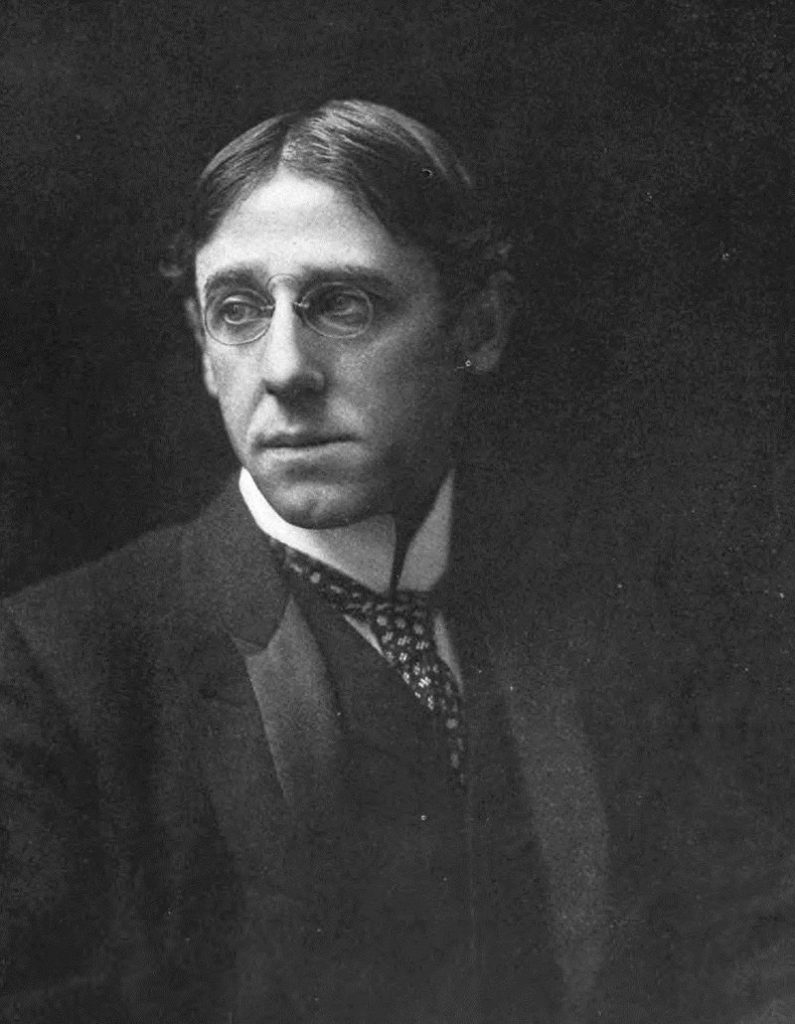
Norman Hapgood was born on March 28th, 1868 in Chicago Illinois to parents Charles H. Hapgood and Fanny Louise Hapgood. He began a Bachelor of Arts degree at Harvard University in 1890 and a Bachelor of Laws degree at the same institution in 1893. He married twice in his lifetime, to Emilie Bigelow on June 17th 1896, and to Elizabeth Reynolds on December 13th 1916. He served as a Drama critic for both the New York Commercial Advertiser and the Bookman from 1887 to 1902. He also served as an editor for Collier’s Weekly, Hearst’s International, the Christian Register, and Harper’s Weekly. On April 16th, 1919 he was appointed American Minister to Denmark but left this position on December 9th, 1919. Hapgood contributed to The Yellowbook.
Herman Heijermans
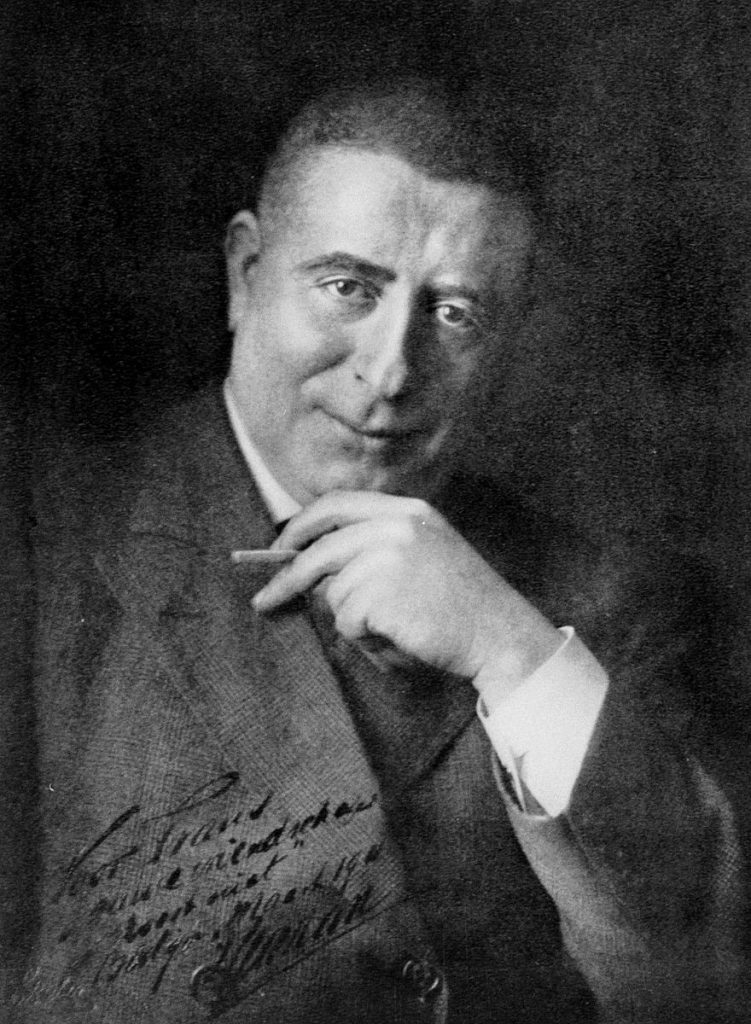
Herman Heijermans was a Dutch author and playwright. Heijermans began his literary career writing as a journalist in Amsterdam but is best known for attacking bourgeois hypocrisy within his many works. Heijermans wrote under the pseudonyms Koos Habbema and Samuel Falkland. Heijermans published multiple novels and founded his own theatre company in the Netherlands (Encyclopedia Britannica, Herman Heijermans). Heijermans also contributed to The Green Sheaf.
Lewis Hind
Lewis Hind was born in 1862 in Britain. He was a journalist, editor, art critic, and art historian. He served as editor of The Art Journal from 1887 to 1892. He co-founded The Studio: An Illustrated Magazine of Fine and Applied Art which has reviewed a number of the Yellow Nineties periodicals. He died in 1927. He contributed to The Yellow Book.
Laurence Housman
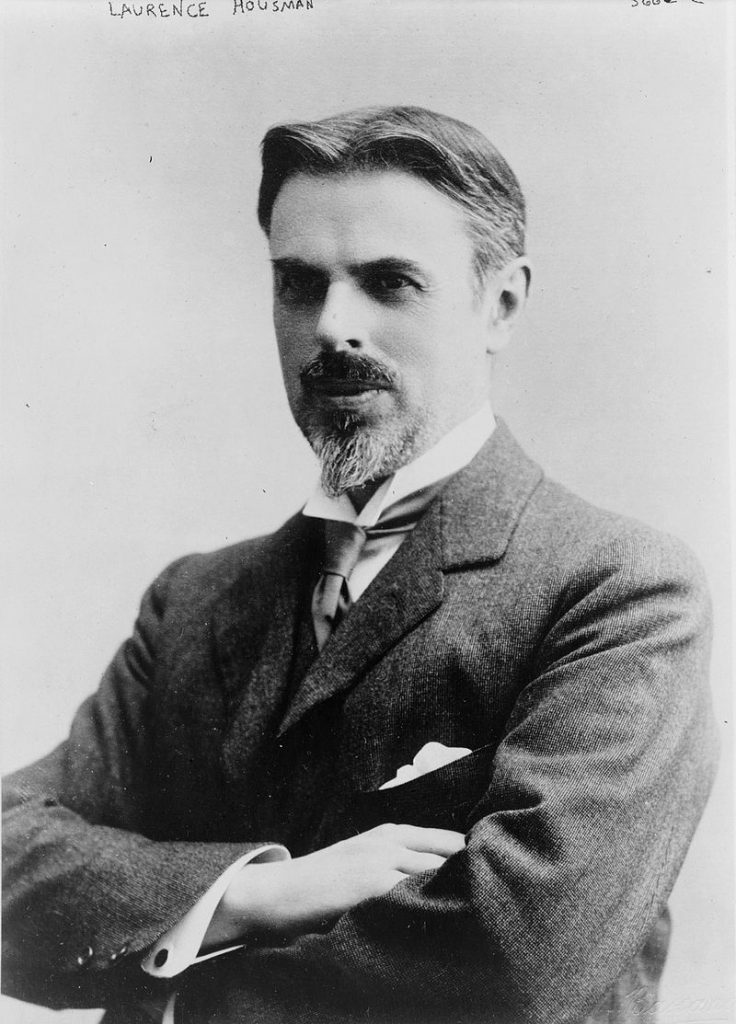
Laurence Housman was born in 1865 in Bronsgrove. He was sixth child born of a group of seven children, all of whom possessed literary, artistic, and intellectual talents. For majority of his life Housman lived with his sister, Clemence. Housman spent a number of years honing his craft, studying at a local Bronsgrove art school, the Miller’s Lane Art School in South Lambeth and at the National Art Training School in South Kensington. Throughout his career Housmas served as an editor, artist, author, art critic, designer and activist. Housman contributed to The Yellow Book as well as The Pageant and The Dial. As well, in 1903 and 1905 he co-edited The Venture: An Annual of Art and Literature. Housman was an advocate of the Suffragist movement and founded two organizations to support the cause- the Men’s League for Women’s Suffrage and the Men’s Social and Political Union. As well, he was an enthusiastic supporter of the Women’s Social and Political Union. He founded the Suffrage Atelier in 1909 with his sister, Clemence where they produced many banners and pamphlets, some of which he discussed with Craig and Terry. Housman was also a founding member of the British Society for the Study of Sex Psychology in 1914. He died in 1959.
Ford Madox Hueffer
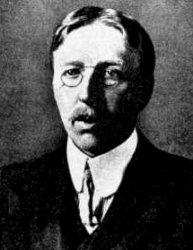
Born on December 17th, 1873, Ford Madox Hueffer was the son of Francis Hueffer, a German music critic, and grandson of Ford Madox Brown, a Pre-Raphaelite painter. Hueffer wrote his first novel, The Shifting of Fire, at 18. After World War One, he changed his name from Hueffer to Ford and moved to Sussex to try his hand at farming. He founded the English Review at the 35. Between January 1924 and January 1925 he edited the Transatlantic Review, which published both James Joyce and Ernest Hemingway (Encyclopedia Britannica, Ford Madox Ford). Hueffer was published in The Savoy.
Laurence Irving
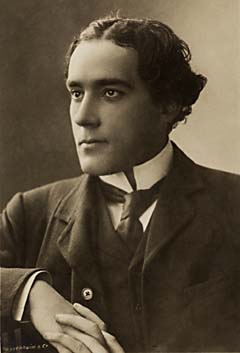
Laurence Irving (Full Name Laurence Sydney Brodribb Irving) was born on December 21st, 1871 in London. His parents were Florence O’Callaghan and Sir Henry Irving, who was a close personal friend and colleague of Ellen Terry’s for many years at the Lyceum Theatre. During his career he worked as an actor, Dramatist, and Novelist. He wrote several plays over the course of his life, including “The Fool Hath Said: There Is No God” (1908) and “Dante” (1903). He married actress Mabel Lucy Hackney in 1903 in Kensington. Both Laurence and Mabel served as members of a theatrical troupe that toured internationally. Apparently, one of Laurence’s plays failed so tremendously financially that his father was forced to sell the Lyceum Theatre, where both Henry and Terry acted in many plays, in order to cover the costs. They died on the RMS Empress of Ireland when it was rammed by a Swedish coal ship when trying to return home to London on May 29th, 1914. Both of their bodies were buried at sea. After his death, his estate was transferred over to his father.
Henry James
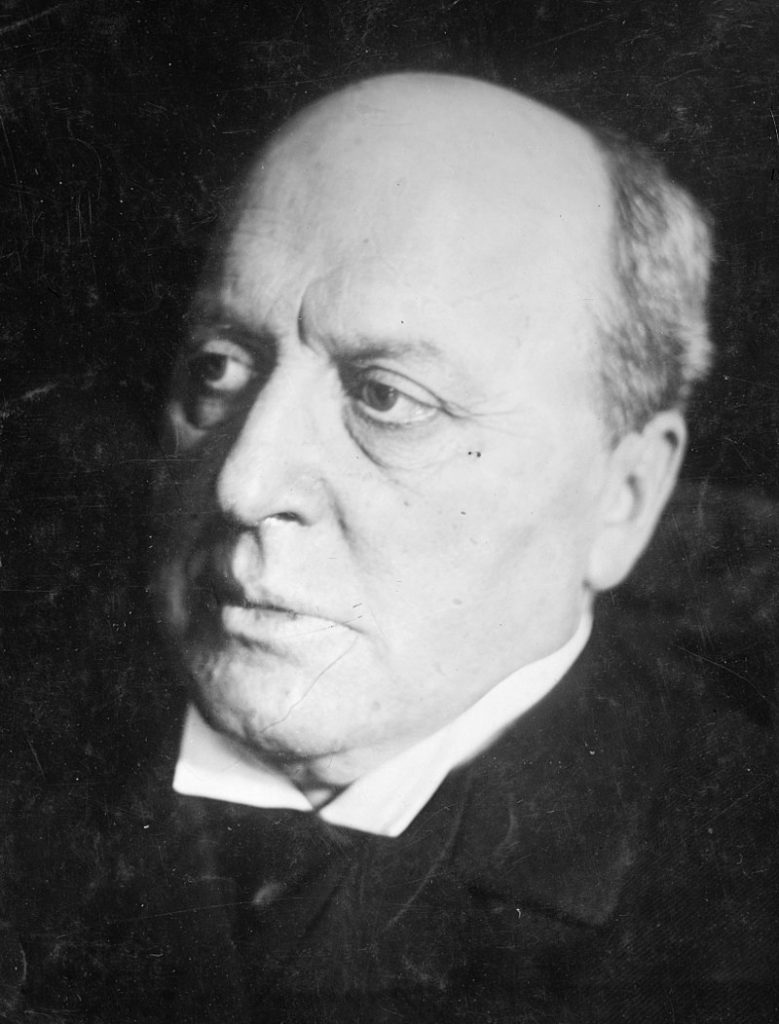
Henry James was born in New York City in 1843 but spent much of childhood in Europe, which significantly influenced his fiction writing. By the time he was 25 years old, James had published 53 reviews and 12 short stories. By the time he was 35 he had published several novels (Mendleson 1). Although James possessed disdain for The Yellow Book, he did publish four short stories within the periodical (Mendleson 2). James had a vested interest in the theatre throughout his life and so when he found himself in a difficult financial situation he turned to playwriting. Some of these plays were produced but overall, these plays were the least successful of his projects (Mendleson 2).
Richard Le Gallienne
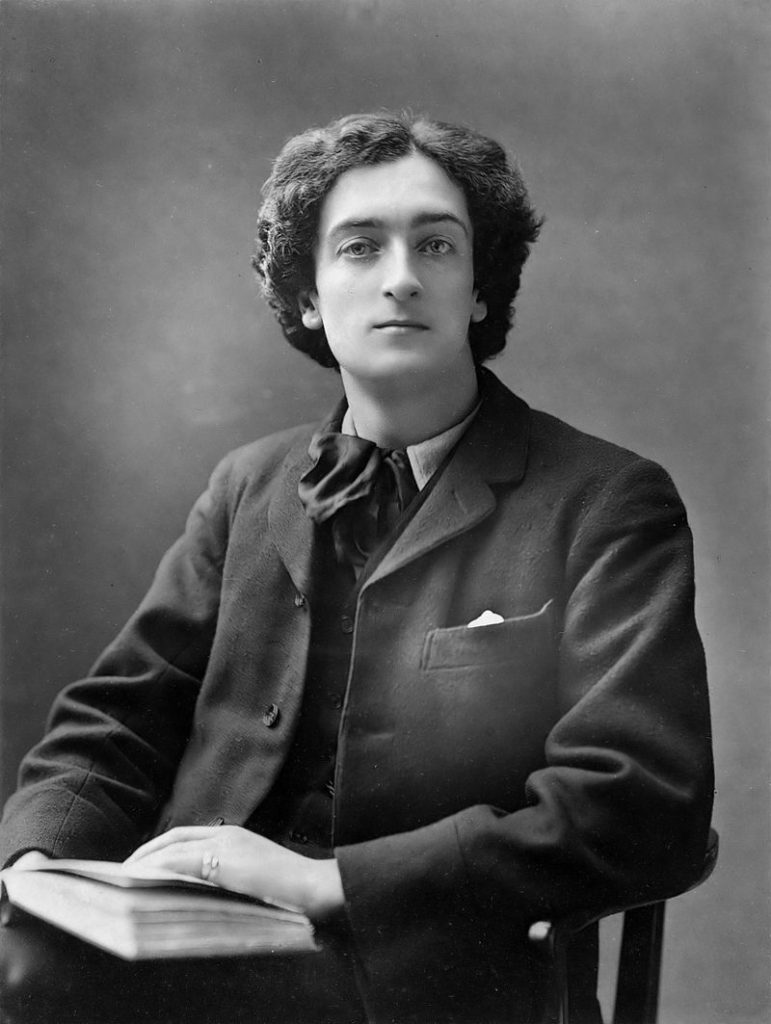
Richard La Gallienne was born on January 20th, 1866 in Liverpool. From 1875 to December 1881 Le Gallienne attended Middle School of Liverpool College. At the insistence of his father, Le Gallienne began a career in accounting following his time at Liverpool college. However, he had no interest in this type of work and abandoned it for a literary career. His first work. My Ladies Sonnets, was published in 1887 and it was this book of poems that drew his attention of John Lane, who he met in 1888 (Boyd 2). Throughout the 1890s Le Gallienne was a prominent critic, author, and lecturer. He published in majority of the issues of The Yellow Book and served as a critic on a number of publications, including The Academy. In 1903, Le Gallienne left England permanently to live in the United States. His career as a writer did not pan out as he had initially hoped for. In 1927 he moved to France with his third wife and lived in both Paris and Menton. Le Gallienne died on September 16th, 1947, in Menton, and was buried near Aubrey Beardsley’s grave.
George Moore
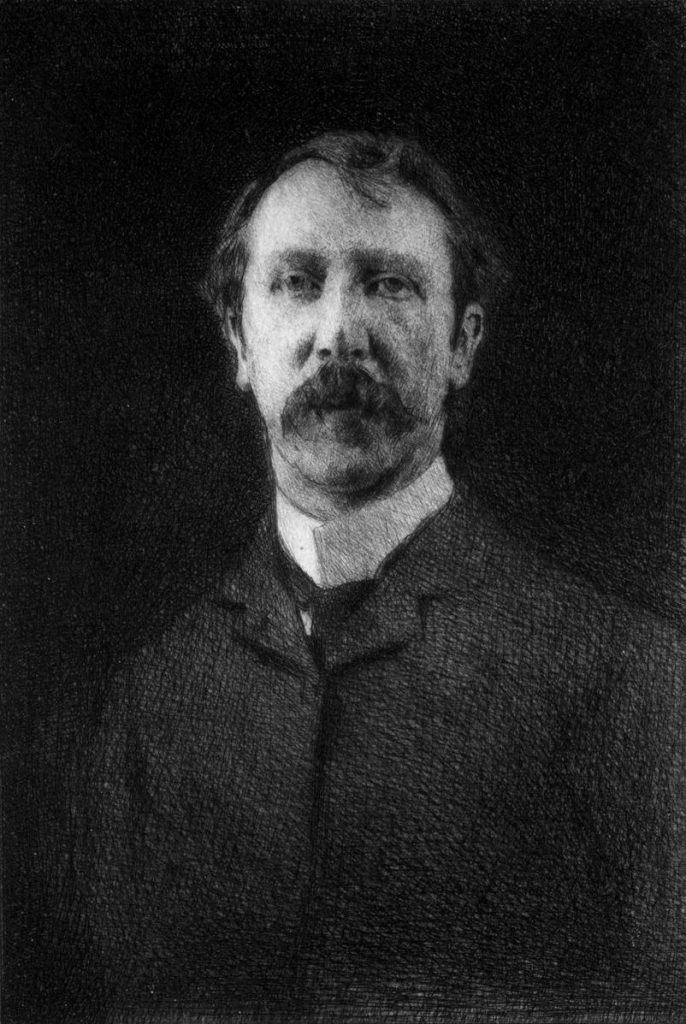
Irish Novelist George Augustus Moore was born In County Mayo, Ireland in 1852 (Knechtel 1). He initially began his career as an artist in France, moving there at the age of 21 to study at l’Ecole des Beaux Arts and Jullian’s Academy(Knechtel 1). After realizing painting was not his forte, Moore decided to enter the literary realm and travelled back to London. He was fundamental in introducing French Naturalism, which champions observation and science in fictional creations, to the British literary community, through his early novels A Modern Lover and A Mummer’s Wife (Encyclopedia Britannica). Moore’s works were often banned from libraries forcing only the most daring of publishers, like John Lane of The Yellow Book, to work with him (Knechtel 2). Moore moved again in 1901 to Dublin, and became a figurehead of the Irish Literary Renaissance movement along with William Butler Yeats and Lady Augusta Gregory (Knechtel 2). Moore contributed to both The Yellow Book and The Savoy.
Joseph Pennel
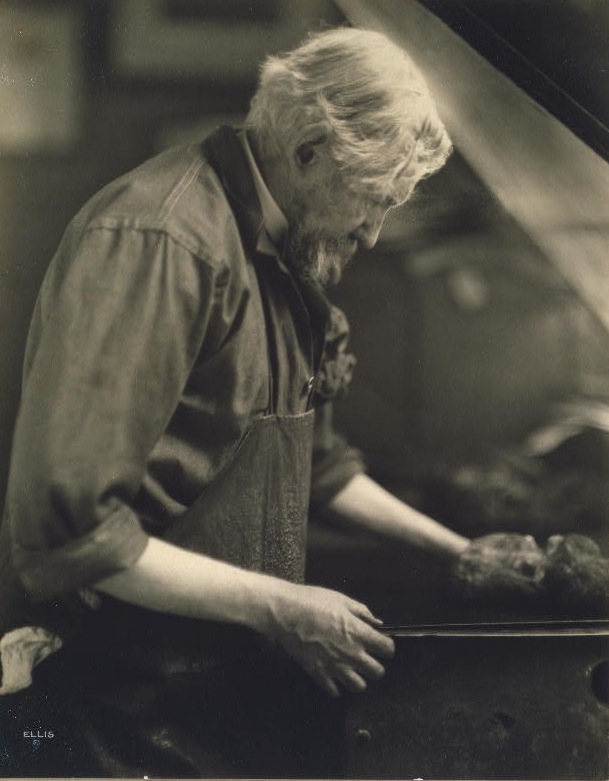
Born in Philadelphia, Pennsylvania in 1857, Pennell became interested in the Fine Arts and Architecture from a young age (Tanke). Eventually, he began attending the Pennsylvania Academy of Fine Arts and initially worked in etching, illustrating books ad travel articles before eventually moving to London in 1884 with his wife, Elizabeth. During his time in London he befriended many of including Aubrey Beardsley and Henry Harland, who apparently sought his consultation for the initial issue of The Yellow Book, including the iconic color in which it is bound (Tanke). He contributed to a number of periodicals in London including The Yellowbook and The Savoy.
William Rothenstein
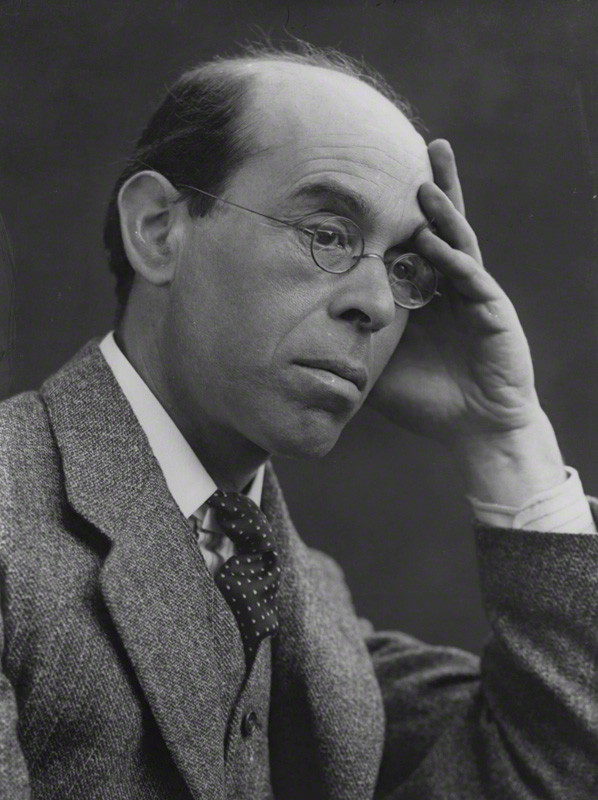
William Rothenstein was born in 1872 in Bradford, West Yorkshire. He was born in a Jewish Family who emigrated from Germany in the 1860’s (Shaw 2). He was a painter, printmaker, gallery founder, and art critic, among many other things. In 1893, Rothenstein created a series of lithographic, pencil, and chalk portraits of various men and women, some of which appeared in The Yellow Book (Shaw 2). Throughout the mid to late nineties, Rothenstein surrounded himself with a wide network of Y90s artists and writers including Max Beerbohm, Charles Ricketts, and Oscar Wilde, who teased Rothenstein for his seriousness and sobriety (Shaw 3). In 1899, he married actress Alice Knewstub. Rothenstein. He was knighted in 1931. He contributed to multiple volumes of both The Yellow Book and The Savoy.
George Bernard Shaw
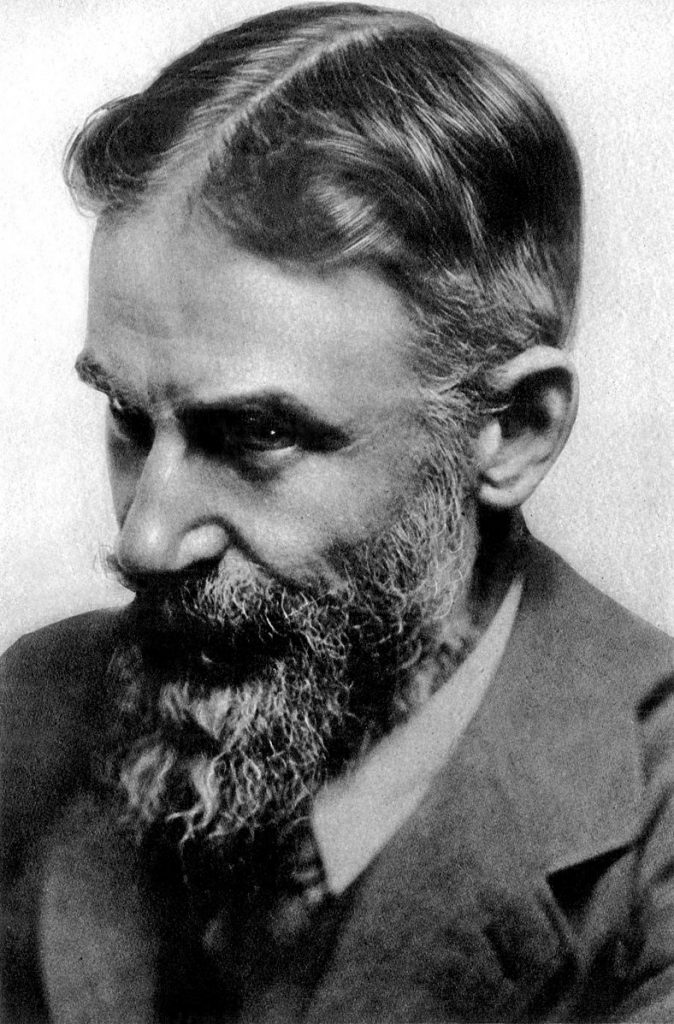
George Bernard Shaw was an Irish playwright, literary critic and social propagandist born in Dublin on July 26th, 1856. In 1876, Shaw was determined to become a writer and went to London but failed in his attempt to produce fiction, gathering from his work only 10 shillings a year (Encyclopedia Britannica, George Bernard Shaw). By the 1880’s, Shaw began engaging in steady journalistic work as a book, art, theatre and music reviewer. It was during this time that he also began writing his own plays and eventually became a fairly popular playwright across Europe. In 1989, during recovery from a bout of illness, Shaw married Charlotte Payne-Townshend, an Irish heiress. Although the marriage lasted throughout his life, it was a celibate marriage that resulted in Shaw “satisfying his emotional needs in paper-passion correspondences with Ellen Terry” and Mrs. Patrick Campbell (Encyclopedia Britannica, George Bernard Shaw). Shaw was a contributor to The Savoy and one of the most significant English playwrights of the nineteenth century (Encyclopedia Britannica, George Bernard Shaw).
Martin Shaw
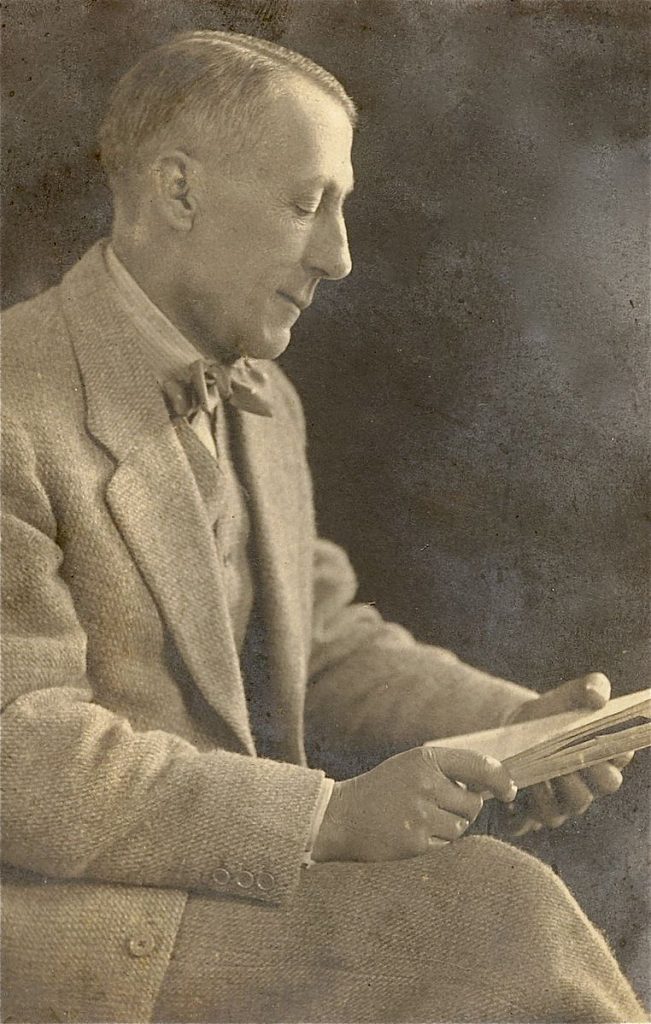
Born in the 1875, Martin Shaw was a composer for the English Revival. Shaw attended the Royal College of Music. In the 1900s Shaw moved to Chelsea and became involved with artists such as Edward Gordon Craig and William Butler Yeats. In 1903 Shaw became engaged to Edith Craig, sister of his friend Edward Gordon. They did not marry but always remained friends. Beginning in 1906 he toured with Isadora Duncan, an internationally acclaimed dancer, as a Music Director. Shaw did finally marry in 1916 to a musical director named Joan Cobbold (“About Martin Shaw”). As well as being a composer, Shaw also contributed to The Green Sheaf.
Evelyn Garnaut Smalley
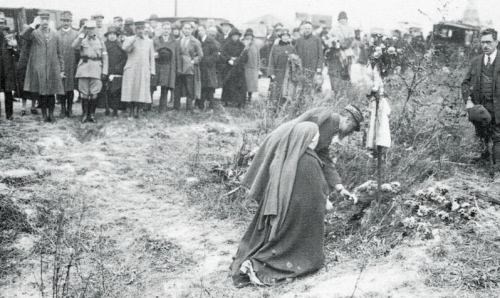
Evelyn Garnaut Smalley was born on April 29th 1869 in Middlesex, London, England. She was born to parents George Washburn Smalley and Phoebe Garnaut. Her parents wed on Christmas day on 1892. Her father worked in London as a journalist for an American publication called The New York Tribune. Smalley was one of five children. Henry James was a close personal friend of the Smalley family and often dined with them. He told a colleague that he was fond of Smalley. In 1909 Smalley suffered a nervous breakdown and it seemed that a part of her healing process was to create an anthology of James’s works, which he agreed to let her publish. After living in London for some time, Smalley moved back to the States to live in New York. In 1907 Smalley published a defence of friend Ellen Terry’s autobiography. In the piece she is fiercely protective of Terry and claims her as a “woman of honor” and that her whole life has been one of “effort and constant hard work” (Smalley 6). Later in life she eventually became very involved with the war effort during World War One and was sent to the front by the Y.M.C.A. She was assigned to canteen work for the French army during her time on the front and was also cited by the French army for the courage under fire. Smalley was decorated in 1923 by the Legion of Honor. During this time she was directed a soldier’s club at Duisburg. She died at 7:30am on March 24, 1938 in Hôtel de la Poste, Pau, Basses-Pyrénées in France of heart disease. Smalley contributed to the final issue of the Green Sheaf a small piece of poetry entitled The Wind.
Christoper St. John
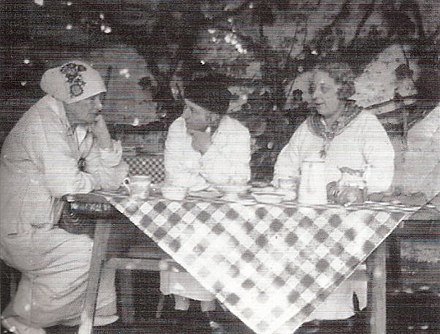
Christopher St. John was born on October 24th, 1871. They were born Christabel Gertrude Marshall. She lived with in a ménage à trois with Terry’s daughter, Edith, and artist Clare Atwood. When Craig became briefly engaged to Martin Shaw, St. John was beside themselves with anguish. Their relationship began in 1903, and carried on until Craig’s death on March 24th, 1985. After Edith’s death, St. John burned a significant collection of Craig’s letters, who served as manager to her mother. St. John referred to themself as Terry’s “literary henchman”, serving as editor to some of her works or, in the case of Terry’s Four Lectures on Shakespeare, her transcriber. St. John claims in the introduction to Four Lectures that Terry would “invoke [their] services on all occasions when she had to write something for publication, or make a speech, or give an interview” (St. John 8). St. John also described their relationship as more apprentice and master craftsman. Although Terry never saw herself as a writer, St. John claimed that that they learned more about the art of writing from Terry than from anyone else. St. John dedicated much of their life to the suffragist movement, creating feminist plays that would be performed in order to raise awareness for women’s rights.
Arthur Symons
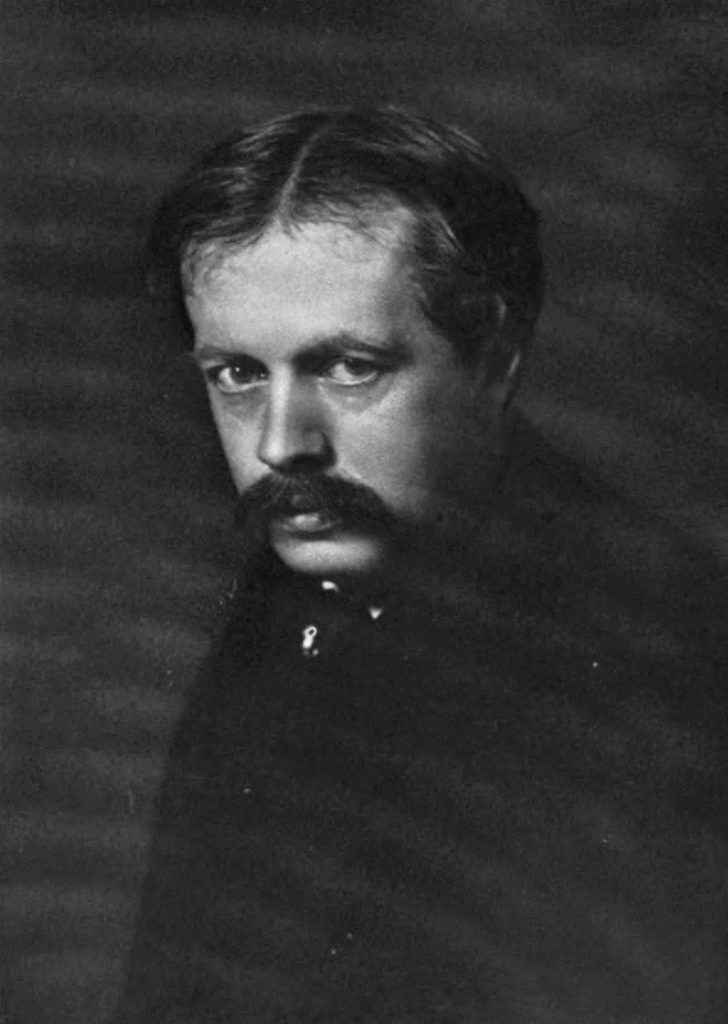
Arthur Symons is a British journalist, poet, playwright and critic, known for use and promotion of symbolism within his work. Symons most successful years came in the 1890s while he lived in Paris. During this time Symons learned from French literature, becoming an expert on the topic, he worked to integrate French styles into his own works (Evangelista 1). In the early 1890s Symons met Richard Le Gallienne and William Butler Yeats at the Rhymers’ Club. He loved the theatre and served as a theatre reviewer for some time (Evangelista 2). Symons contributed poetry and other works to both The Yellow Book and The Savoy, having served as the editor latter.
George Frederick Watts
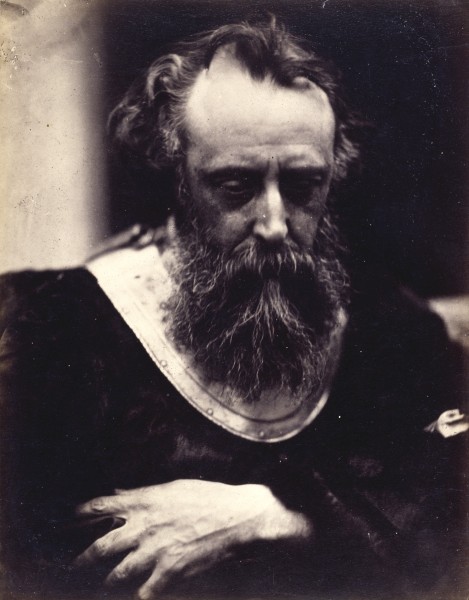
George Frederick Watts was born in Marylebone, London in 1817. He began sculpting at the age of ten and enrolled at the Royal Academy at age 18. in 1843, Watts’s drawing Caractacus one first place in a mural competition at the new Houses of Parliament in Westminster, which made him known to the public. In the 1860s, Watts’s works began to show influence of Dante Gabriel Rossetti. Of all of his artistic subjects, Ellen terry seems to inspire Watt’s work more than anyone else (Franklin 33). It wasn’t long before they wed, on February 20th, 1864. The difference in age was almost thirty years, with Terry on their wedding day just shy of seventeen years old and he was forty-six. Watts’s colleague William Holman Hunt designed Terry’s wedding dress, a grey-brown renaissance style gown that had sleeves latticed with black velvet (Franklin 38). Their marriage lasted only 18 months but he did not divorced Terry until 1877 (Walton 83). He remarried, to Mary Fraser-Tytler, a Scottish Designer and potter, at the age of 69. Although in public he maintained his distance from Terry, he was in regular communication with her through written correspondence. He moved to London in 1881 and set up a studio at his home, Little Holland House. Watts contributed to The Pageant.
Theodore Watts
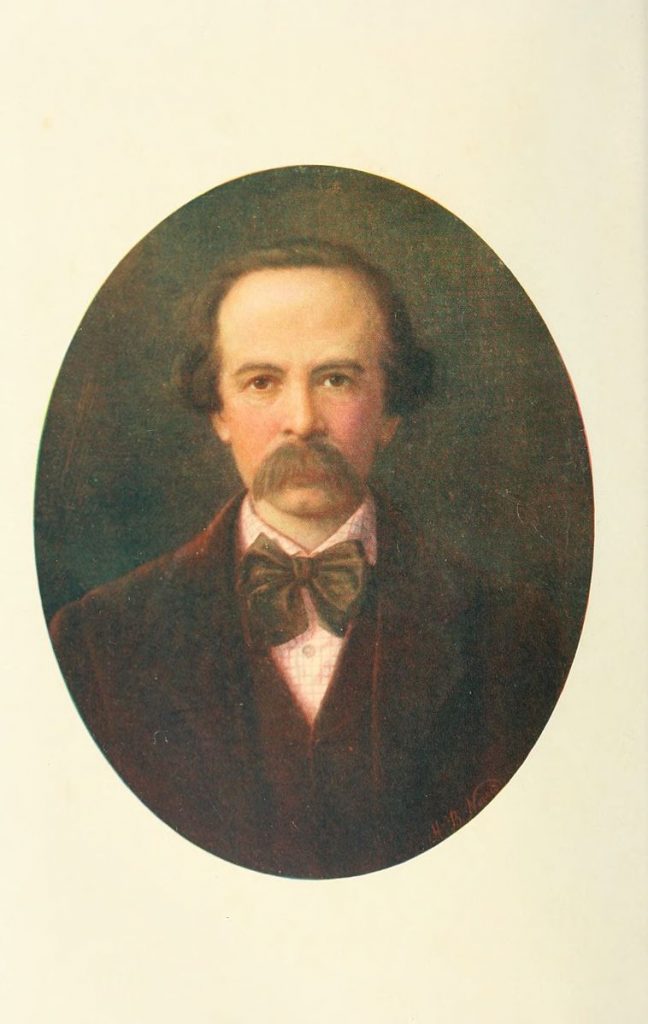
Theodore Watts was an English poet, novelist and critic. Born in St Ives, Huntingdon in 1832, Watts moved to London to pursue his literary career, becoming lead critic on poetry for the Examiner, and later the Athenaeum (Maxwell 2). During his life, Watts was most revered for his contributions on poetry to the Encyclopedia Britannica’s 9th edition and the third volume of Chambers’s Cyclopedia of English Literature (Maxwell 2). Watts contributed to The Yellow Book.
H. G. Wells
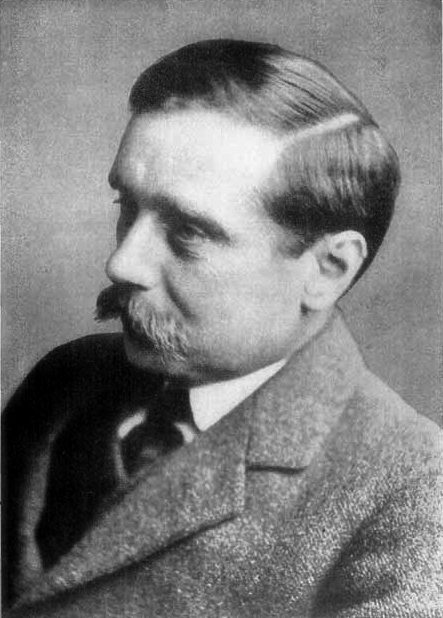
Herbert George Wells was born in Bromley, Kent on September 21st, 1866. He was an English journalist and novelist, arguably best known for his work in science fiction. Wells was born into poverty but managed to win a scholarship at eighteen years old to study biology at the Norman School of Science in London (Nicholson). In 1888 he graduated from London University and became a science teacher. He married his cousin, Isabel Mary Wells in 1891 but eventually ran off with one of his pupils, Amy Catherine Robbins, in 1894 (Nicholson). Wells contributed to The Yellow Book.
William Butler Yeats
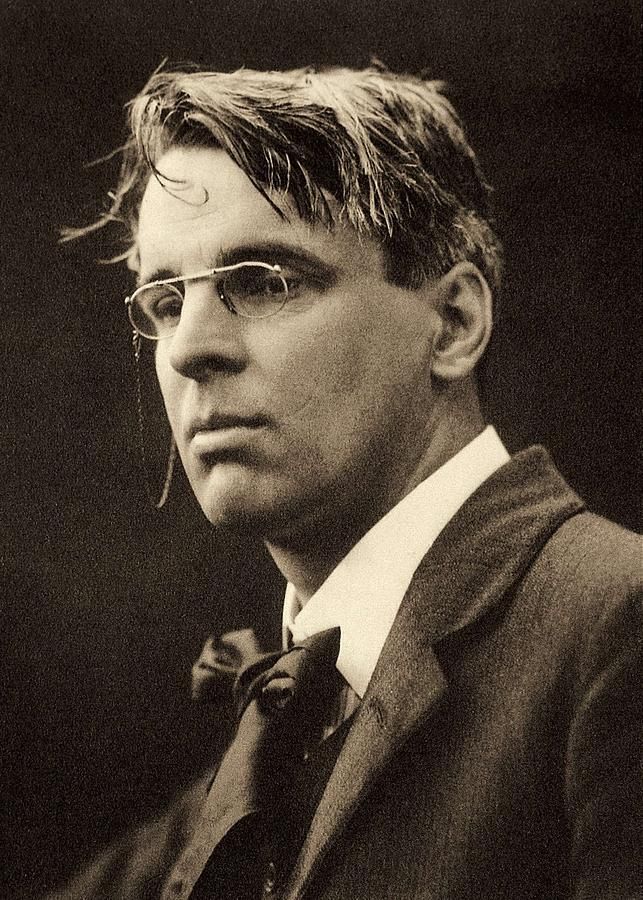
William Butler Yeats was born in Sandymount, Dublin on June 13th, 1865. Yeats was a poet, dramatist, and prose writer. He was a figurehead of the Irish Literary Renaissance and one of the greatest English-poets of the twentieth century (Encyclopedia Britannica, William Butler Yeats). Yeats was educated in both Dublin and London. Yeats founded the Irish Theatre with Lady Gregory, which eventually became the Abbey Theatre. After 1910, Yeats theatrical and dramatic style became profoundly more experimental and his work became influenced by Japanese Noh plays (Nobel Lectures). He received the Nobel Prize for Literature in 1923 (Encyclopedia Britannica, William Butler Yeats). Yeats contributed to many Y90s periodicals including The Yellow Book, The Pagent, The Green Sheaf, and The Savoy.